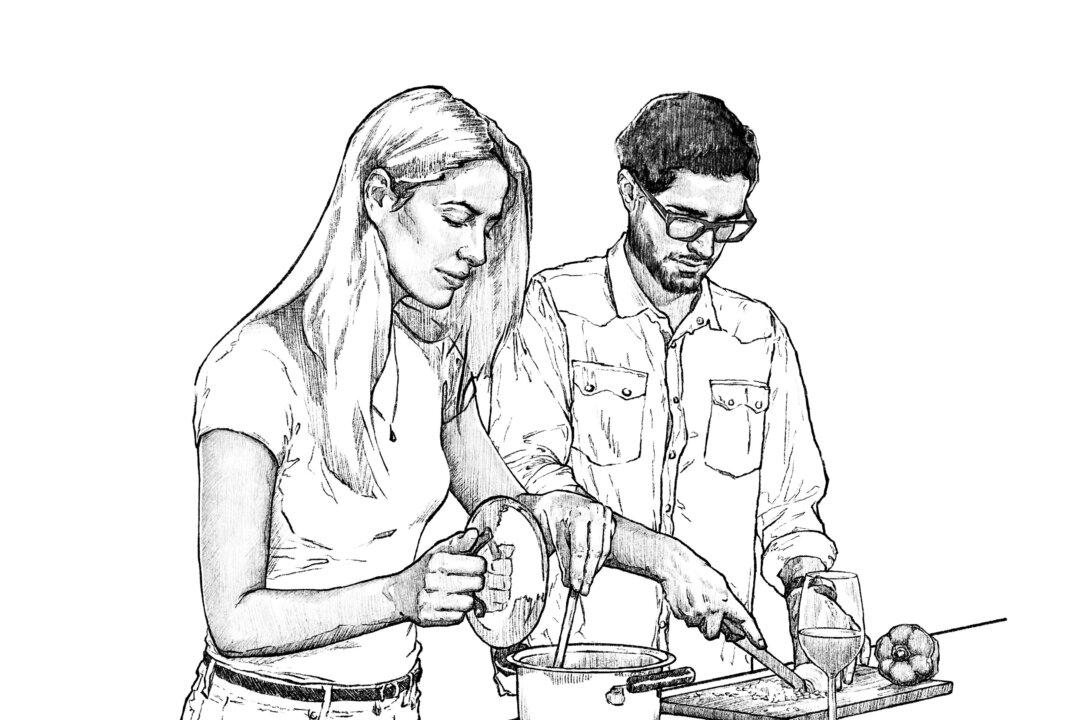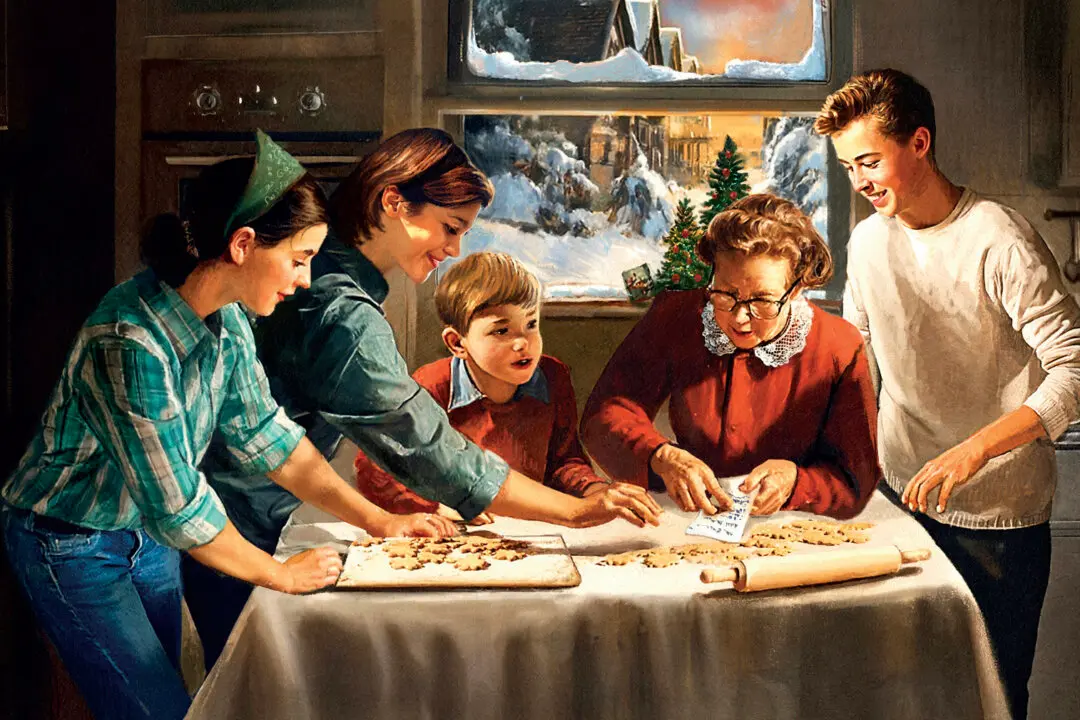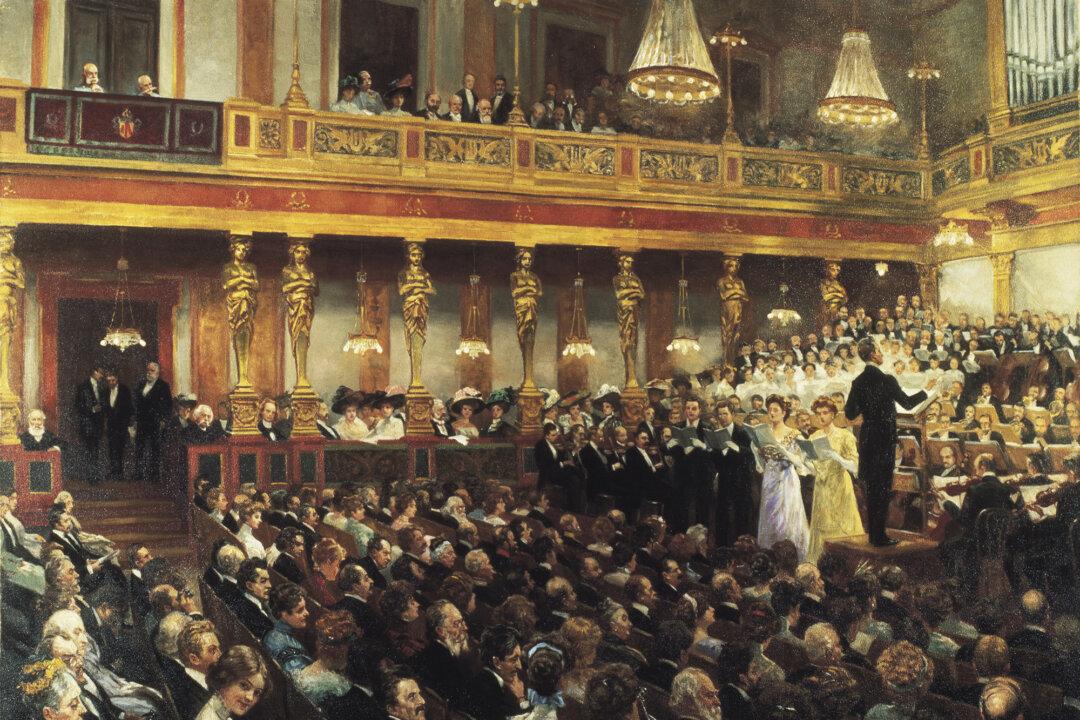Every now and then, when I need some cheering up or a good reminder of the truth, beauty, and goodness in relationships and life in general, I hunt up one of Grace S. Richmond’s books or short stories. Last Saturday was one of those days.
To many, Richmond’s tales, set in the early 20th century in which she wrote, would seem far too quaint for the calloused world in which we live today. And perhaps those skeptics would be right. But Richmond’s stories also have a poignant and refreshing air of virtue and wisdom—an air that’s incredibly reviving in today’s smog of wokeness.






